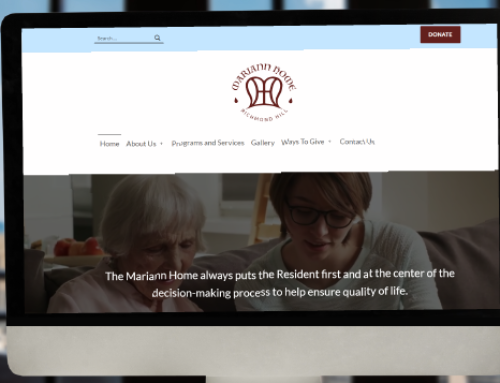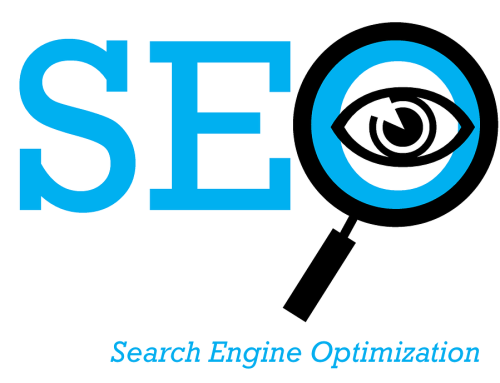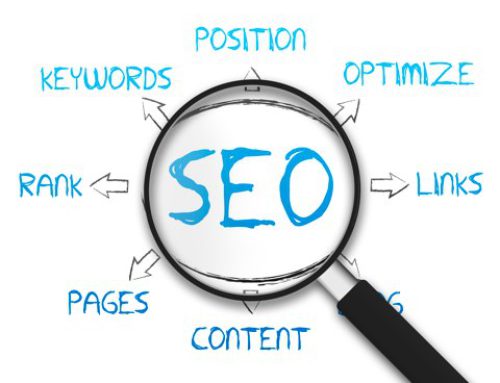Thinking of redesigning your website, but you’re on the fence about whether it’s worth it? Here are some key factors to consider when making your redesign decisions: responsiveness, accessibility, updated user interface and user experience, improved SEO, increased social sharing, faster load times, and stronger security.
1. Responsiveness: It’s always important if someone needs access to your website that they can view it in a beautiful and scalable format. Whether it may be on the go, at home or in the office. Your users should be able to view your website on their mobile phones (iPhone, Android, Blackberry etc.), tablets, and desktop/laptop.
Responsive Web Design (RWD) uses HTML, CSS, and many times, grid systems to allow automatic adjustments by resizing, hiding, shrinking, enlarging, or moving the content to make it look good on any screen. No more zooming in!
2. Accessibility: In Canada (WCAG) and the United States (ADA), both private and public organizations (including non-profit) are to comply with WCAG/ADA requirements. Requirements include updating websites to modern appearance, functionality, and content.
Having Web Accessibility is a benefit for individuals, businesses, and society to allow all types of users to access and be able to navigate through your site with ease.
3. Updated User Interface and User Experience: First impressions are everything. This is why displaying information that is easy to find with a good flow throughout the website, users can find their way around the site with ease (User Interface/UI). If the User Experience/UX is negative or positive, this will affect reoccurring visits (loyalty), which will likely contribute to the boost or decrease popularity, exposure, and revenue.
4. Improved Search Engine Optimization (SEO): Rank higher based on consistent content updates and use of keywords. Mobile optimized sites, having a single responsive website rather than separate desktop and mobile versions avoids the issue of duplicate content, which can negatively impact your search ranking.
When redesigning with RWD in mind, it will tie into great UI/UX and will likely promote longer ‘time on page’ by users. This is recognized as a fundamental indicator of a site’s value for any given query on Google.
5. Increase Social Sharing: Making sure links are relative to your content and up to date. Creating tags and categories helps organize content for different users, including on searches, whether inside the website or search engine.
Whether it may be on Facebook, Twitter, or LinkedIn – if people love how your site looks, feels, or enjoy the content they see, they are more likely to spread the word for you, free marketing!
6. Faster Load Times: Most mobile users have a need for speed: both in reality & online. Studies show that mobile visitors tend to leave the site if it takes longer than three seconds to load.
When you choose to redesign your website, you will also likely upgrade your server to allow faster load times. You can also optimize the images, layout, content, and code. The users would likely return to your site if they have had a pleasant experience.
7. Stronger Security: Have you visited websites that start with https instead of http? It’s because the site is setup using an SSL certificate, which will encrypt user connection and information that is passed to the website. This makes the website less likely to be hacked and provides peace of mind for your customers.
If updating server to latest encryption levels and if selling product online, please check the PCI Compliance.
Think of redesigning as more than “making it look good”. Think of it as a tool to help your business to get where it needs to be. You tell us where you want to be, and we’ll help you get there. It’ll be worth the investment.
Feel free to Contact Us for more information.









